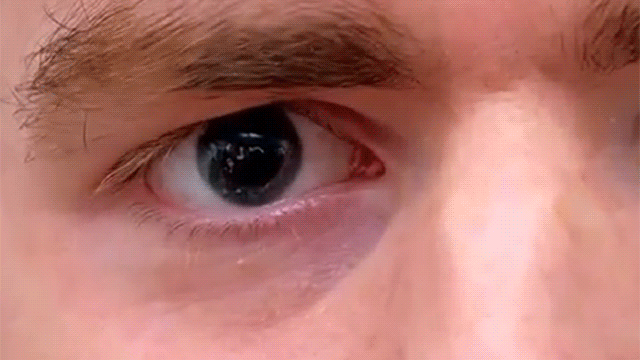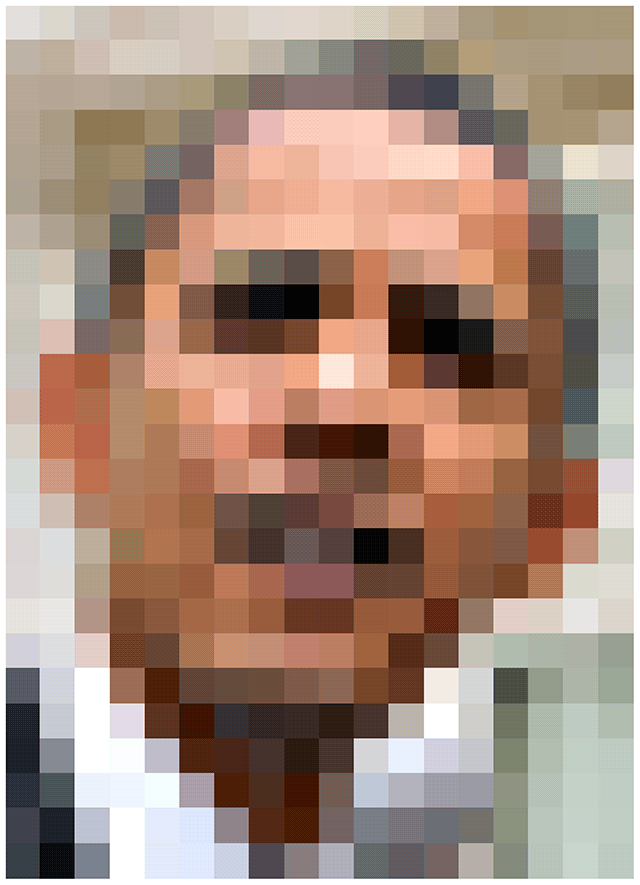Police Can ID Suspects From The Image Reflected In Your Eye
2013.12.31

Here's one scary discovery. Rob Jenkins and a team of scientists at the University of York's Department of Psychology have demonstrated that people can recognize a suspect's face reflected in a victim's cornea. 80 percent of the time!
Criminal investigations often use photographic evidence to identify suspects. Here we combined robust face perception and high-resolution photography to mine face photographs for hidden information. By zooming in on high-resolution face photographs, we were able to recover images of unseen bystanders from reflections in the subjects' eyes. To establish whether these bystanders could be identified from the reflection images, we presented them as stimuli in a face matching task.
Accuracy in the face matching task was well above chance (50%), despite the unpromising source of the stimuli. Participants who were unfamiliar with the bystanders' faces performed at 71% accuracy, and participants who were familiar with the faces performed at 84% accuracy. In a test of spontaneous recognition, observers could reliably name a familiar face from an eye reflection image. For crimes in which the victims are photographed (e.g., hostage taking, child sex abuse), reflections in the eyes of the photographic subject could help to identify perpetrators.
They found out that the test subjects could identify faces that were 30,000 times smaller than the actual face—as small as 18 pixels wide by 20 pixels high. Something like this:Accuracy in the face matching task was well above chance (50%), despite the unpromising source of the stimuli. Participants who were unfamiliar with the bystanders' faces performed at 71% accuracy, and participants who were familiar with the faces performed at 84% accuracy. In a test of spontaneous recognition, observers could reliably name a familiar face from an eye reflection image. For crimes in which the victims are photographed (e.g., hostage taking, child sex abuse), reflections in the eyes of the photographic subject could help to identify perpetrators.

To do that, you'll need a very high resolution photograph. But all that is in the past with cameras becoming so sophisticated these days. This will be a reality soon enough!
More Articles
Copyright © Fooyoh.com All rights reserved.